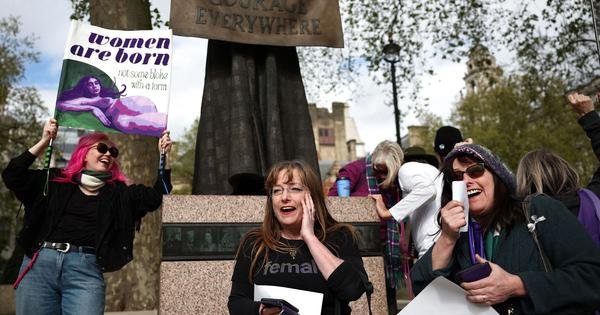UK Supreme Court’s Equality Act Ruling: Defining a Woman
The Influence on Transgender Rights
The Equality Act and Legal Dispute
The UK’s top court ruled that the Equality Act of 2010 defines a woman based on biological sex, excluding transgender individuals with gender recognition certificates.
- The Equality Act safeguards people from discrimination due to nine traits, including sex and gender reassignment.
- In 2018, the Scottish government issued guidelines stating that a trans woman with a gender recognition certificate is legally a woman.
- For Women Scotland (FWS), a campaign group, contested the guidelines, arguing that the Equality Act should only apply to biological sex.
Ruling and Its Effect on Trans Individuals
The Supreme Court decision asserts that the new interpretation will not negatively impact trans people, as they remain protected against discrimination under the gender reassignment characteristic.
- However, it may alter how the 2004 Gender Recognition Act and Equality Act interact, potentially affecting the legal rights of trans women.
- The Gender Recognition Act allows people to obtain a gender recognition certificate, legally recognizing their new gender.
- The ruling could impose stricter limitations on single-sex spaces, such as changing rooms, homeless shelters, hospital wards, or hostels.
Responses from Rights Organizations
Simon Blake, CEO of LGBTQ+ rights group Stonewall, voiced concerns about the ruling’s impact on the trans community.
- Scottish Trans, an activist group, accused the court of disregarding trans activists and claimed the ruling weakens the Gender Recognition Act.
- Vic Valentine, Scottish Trans manager, highlighted the importance of trans people accessing services like everyone else.
- Amnesty International recognized the potentially concerning consequences for the trans community but noted that the full implications are still unclear.




